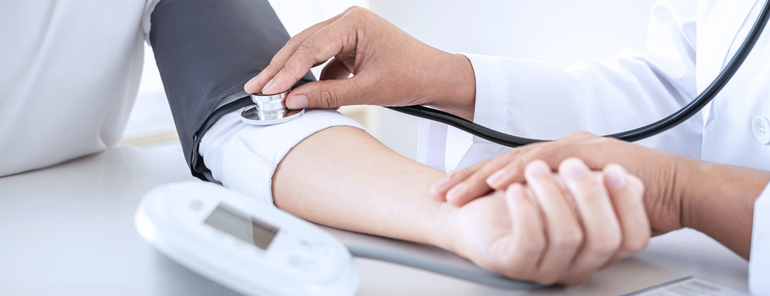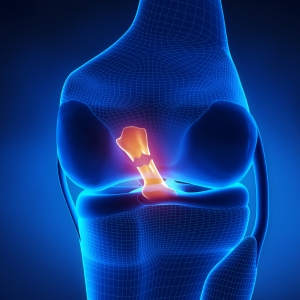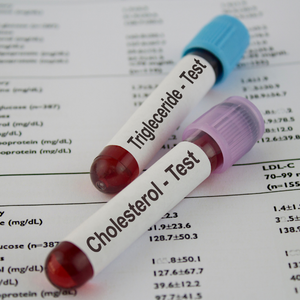In normal circumstances, a regular blood pressure is required to push blood through the body so that oxygen and nutrients can reach the tissues. When the pressure in the arteries is constantly high, it results in a condition called hypertension. Hypertension does not have obvious symptoms, so many people are not aware that they have the condition. Therefore, regular check ups and early detection are very important.
According to the Population Health Survey 2014/15 conducted by the Department of Health, the total prevalence of hypertension combining self-reported cases or detected during health examination was 27.7% among persons aged 15 84, with 47.5% of them being undiagnosed before the survey.
Measuring blood pressure
Healthcare professionals measure blood pressure by using an inflatable cuff connected to an automated device. There are two readings:
- Systolic pressure (the upper reading) is the pressure produced in the arteries when the heart pumps (at the time of a heart beat).
- Diastolic pressure (the lower reading) refers to the pressure in the arteries during the relaxation of the heart between beats.
Blood pressure readings are recorded as the systolic pressure over the diastolic pressure eg. 120/80.
The range of blood pressure readings are categorized to help healthcare workers assess and define associated risks:
Normal blood pressure – less than 120/80
Prehypertension – 120 to 139 / 80 to 89
Hypertension – greater than 140/90
Blood pressure is not static. It is relatively lower when a person is at rest and higher when a person is under stress or doing exercise. Due to these variable factors, several readings over a period of time will be required before a diagnosis can be made. Usually older people have higher blood pressure than younger people. People with prehypertension are at an increased risk of developing high blood pressure and cardiovascular complications.

Causes
90% of all hypertensive cases are of unknown causes and are called “Primary hypertension”. They may be related to stress, obesity, unbalanced dietary intake with excessive salt, heavy dinking, and smoking. All of these risk factors can be reversed. A family history of high blood pressure is also a risk factor.
The remaining 10% are called "Secondary hypertension" and can be due to specific conditions such as endocrine disorders, kidney inflammation, kidney cancer and thyroid disorders. Blood pressure will return normal if the underlying diseases are being treated.
Management
Lifestyle changes – Treatment of hypertension usually begins with lifestyle changes:
- Reducing the amount of sodium (e.g. salt, soy sauce and processed food) in the diet
- Losing weight if overweight or obese
- Restricting alcohol intake
- Stopping smoking
- Managing stress
- Exercising at least 150 minutes of moderate intensity aerobic activity throughout the week
Medicine – Using medicine to lower blood pressure may be recommended if the blood pressure is consistently at or above 140/90. Modern treatment of hypertension has few or no side effects and is often taken once daily. Treatment with medicine aims to prevent the onset of health risks and the treatment itself will not cure the hypertension. Lifestyle changes are always important in managing high blood pressure.
To receive more information on high blood pressure management and lifestyle changes, please consult your doctor or a dietitian.
Articles on this website are informative only and not intended to be a substitute for professional medical advice, diagnosis or treatment. They should not be relied upon for specific medical advice.
41 Mount Kellett Road, The Peak, Hong Kong
t 2849 0111
This email address is being protected from spambots. You need JavaScript enabled to view it.










